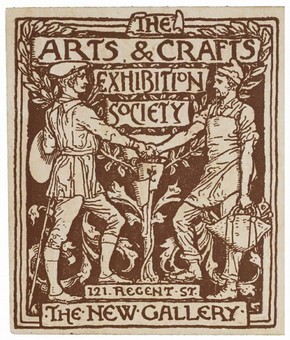Art Nouveau
Art Nouveau was developed in Europe and North America in the nineteenth century. This period was in 1890-1914.This style was based on decoration, most of it was inspired from insects and animals such as dragonflies and crabs. It was an inspiration to the Industrial revolution. Some of the artists were inspired from the past while others with the technology that was at that time.
This period was about modernizing the style and design. In English terms the word "Art Nouveau" means, "New Art," in French. The Japanese woodblock-prints had floral and "whiplash" curves. This style was mostly known amongst the German-speaking countries.
Bibliography:
Art Nouveau. 2013. Art Nouveau. [ONLINE] Available at: http://www.nga.gov/feature/nouveau/exhibit_intro.shtm. [Accessed 30 March 2013].
Art Nouveau Movement, Artists and Major Works | The Art Story. 2013. Art Nouveau Movement, Artists and Major Works | The Art Story. [ONLINE] Available at: http://www.theartstory.org/movement-art-nouveau.htm. [Accessed 31 March 2013].
Art Nouveau. 2013. Art Nouveau. [ONLINE] Available at: http://www.nga.gov/feature/nouveau/exhibit_intro.shtm. [Accessed 30 March 2013].
Art Nouveau Movement, Artists and Major Works | The Art Story. 2013. Art Nouveau Movement, Artists and Major Works | The Art Story. [ONLINE] Available at: http://www.theartstory.org/movement-art-nouveau.htm. [Accessed 31 March 2013].






























